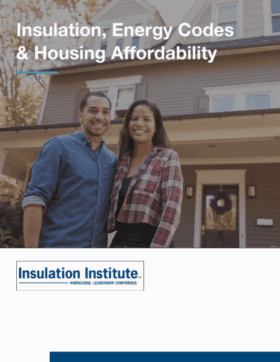
NAIMA has just released a new guide, titled “Insulation, Energy Codes & Housing Affordability.” The publication details the positive impact that modern building energy codes have on housing affordability.
For most homeowners, utility costs, including heating and cooling costs, rank among the top three expenses after their mortgage. Building homes to a more modern energy efficiency code saves homeowners money over the long term and has a host of other benefits.
The guide includes details of analysis from a variety of sources, including the U.S. Department of Energy’s Pacific Northwest National Laboratory, which conducted analysis on the national cost effectiveness of the residential provisions of the 2024 IECC.
PNNL evaluated the cost-effectiveness of changes in the prescriptive and mandatory residential provisions of the 2024 edition of the IECC compared to those in the prior 2021 edition of the IECC.
Among other findings, the analysis showed that the 2024 IECC generated an average life-cycle cost savings of $2,945, an average payback period of 2.5 years, and the years to cumulative positive cashflow averaged 1 year.
These and other findings included in the guide bolster the case for modern energy efficiency codes as a mechanism to ease the affordability challenge for homeowners.
To download the guide, click here.
